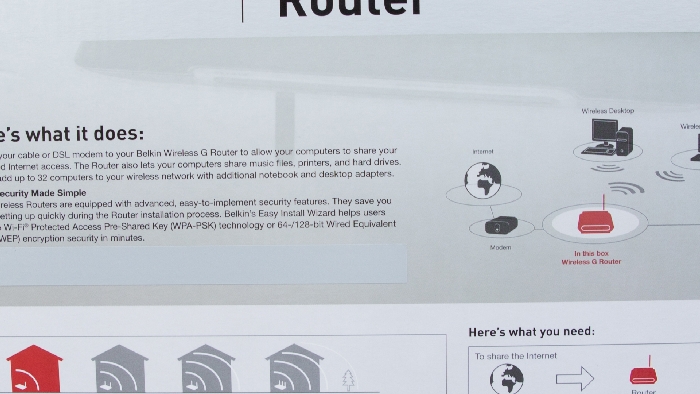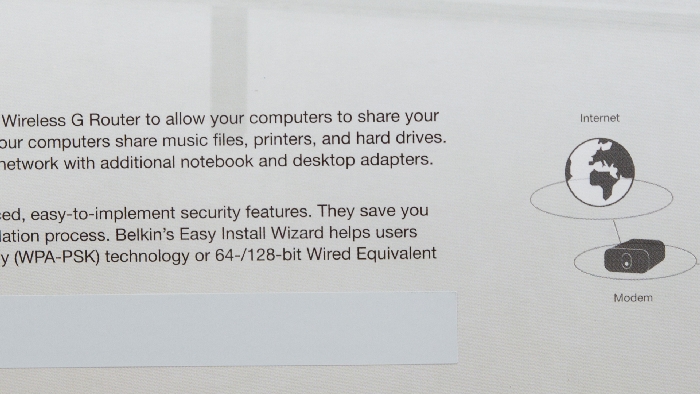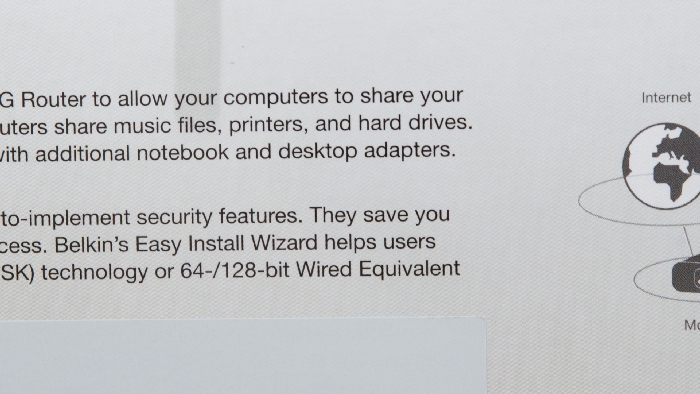Reviews
Tamron 24-70 f/2.8 VC vs Canon 24-70 f/4L IS Review
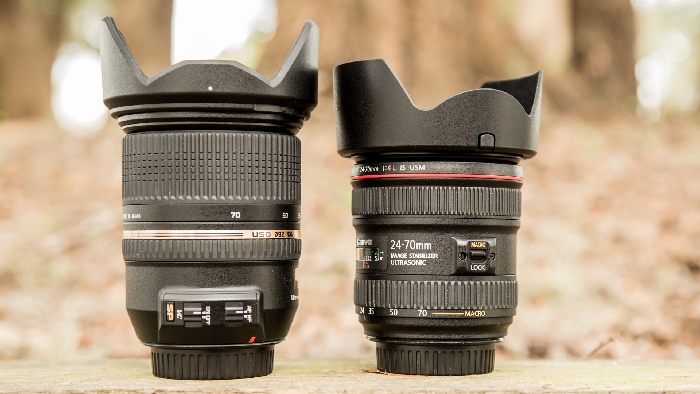 This is a test I have been looking forward to doing for a long time. When Canon first introduced the new Canon 24-70mm f/2.8 mark II, I was disappointed at the lack of image stabilization in a world full of Canon video DSLR shooters. I thought for sure this would be the lens of choice for everyone and would shortly become Canon’s most sought after lens. However, with the lack of image stabilization and the outrageous price increase, this lens was no longer the upgrade I had hoped for even with the great sharpness results. When Tamron introduced the 24-70mm f/2.8 VC, I quickly became excited once again. Though Tamron (and most 3rd party manufacturers) have been hit and miss so frequently before, just the fact that the Tamron offered something that Canon refused to offer made it a worthy contender and worth a test. Now Canon has put out a new 24-70 IS, this time with an f/4 aperture. To me, this further solidifies the fact that we will not be seeing a 24-70 f/2.8 IS for a long time if ever. Either way, it is what it is and now we have the $1,500 Canon 24-70mm f/4 IS against the $1,300 Tamron 24-70 f/2.8 VC. The one stop increase in light for $200 less will make many photographers and videographers drool, however, is the Tamron sharp enough, fast enough, and built well enough to go toe to toe with Canon L glass? Let’s find out.
This is a test I have been looking forward to doing for a long time. When Canon first introduced the new Canon 24-70mm f/2.8 mark II, I was disappointed at the lack of image stabilization in a world full of Canon video DSLR shooters. I thought for sure this would be the lens of choice for everyone and would shortly become Canon’s most sought after lens. However, with the lack of image stabilization and the outrageous price increase, this lens was no longer the upgrade I had hoped for even with the great sharpness results. When Tamron introduced the 24-70mm f/2.8 VC, I quickly became excited once again. Though Tamron (and most 3rd party manufacturers) have been hit and miss so frequently before, just the fact that the Tamron offered something that Canon refused to offer made it a worthy contender and worth a test. Now Canon has put out a new 24-70 IS, this time with an f/4 aperture. To me, this further solidifies the fact that we will not be seeing a 24-70 f/2.8 IS for a long time if ever. Either way, it is what it is and now we have the $1,500 Canon 24-70mm f/4 IS against the $1,300 Tamron 24-70 f/2.8 VC. The one stop increase in light for $200 less will make many photographers and videographers drool, however, is the Tamron sharp enough, fast enough, and built well enough to go toe to toe with Canon L glass? Let’s find out.
Follow us for the latest information about products, reviews, and DEALS!



Check current pricing:
Canon 24-70 f/4L IS:
Amazon.com | Adorama | B&H
Tamron 24-70 f/2.8 VC
Amazon.com | Adorama | B&H
Video Review
{youtube}
4nMmX7_ua_w
{/youtube}
Build / Hardware
On paper, the Tamron 24-70 f/2.8 VC looks very good. Both lenses have 9 aperture blades, both go to f/22, the Tamron goes an entire stop wider at f/2.8 and both have high speed motors. The Tamron though is a full 8oz heavier at 29oz vs the Canon’s lighter 21oz body.
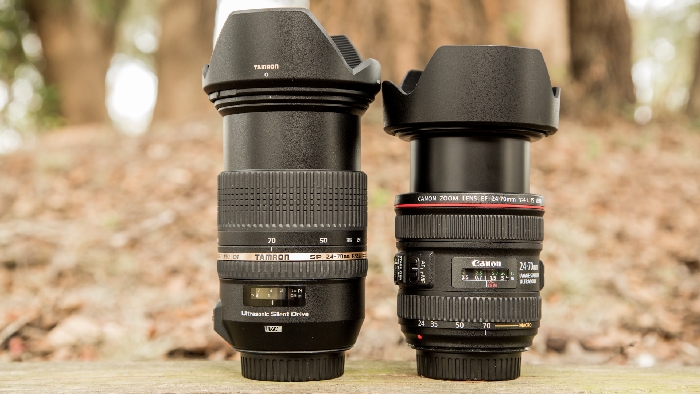 The Tamron is also larger all the way around. If you are going for a portable setup, the Canon’s weight loss is noticeable. However, the extra weight of the Tamron makes the lens feel like a tank giving a reassuring feeling and actually helped to balance my 5D mark III w/ the battery grip a little better. The Tamron feels great in the hand and definitely feels like a top of the line L lens should. The Canon’s lighter weight still feels heavy duty though lacks in some other areas. The zoom ring on the Canon is located extremely close to the camera connection making it very difficult to get to when using a battery grip on your camera.
The Tamron is also larger all the way around. If you are going for a portable setup, the Canon’s weight loss is noticeable. However, the extra weight of the Tamron makes the lens feel like a tank giving a reassuring feeling and actually helped to balance my 5D mark III w/ the battery grip a little better. The Tamron feels great in the hand and definitely feels like a top of the line L lens should. The Canon’s lighter weight still feels heavy duty though lacks in some other areas. The zoom ring on the Canon is located extremely close to the camera connection making it very difficult to get to when using a battery grip on your camera.  The grip on my 5D mark III extended into the zoom ring making hand placement near the zoom ring downright uncomfortable. The fact that it is not very wide made it even more difficult to locate and use and it quickly became irritating. If thin and light is what you are going for, you may excuse it as the price to pay for a smaller and lighter lens. The extra large zoom ring on the Tamron was very easy to find, easy to zoom and much better to use. It felt great, was extremely grippy, and large enough to ensure a very quick zoom. It was a bit tighter than the Canon which may come as a negative for video shooters but not overly so. It fact that it rotates in the opposite direction to Canon lenses and is placed closer to the tip of the lens took some time to get used to but were never an issue. The focus ring on the Canon is easier to move and is very smooth. Video shooters will likely enjoy how easy it is to move the focus although some photographers that use this feature rarely for long swings most of the time prefer a stiffer ring that is less likely to be accidentally moved. The Canon to me came very close to being too loose and I found it easy to move and almost had a slight bit of give to it. The lens hood on the Tamron felt great as well and firmly connects into place while the Canon lens hood very lightly connects on and has a lock to hold it into place. I hated this for 2 reasons. The lens hood jiggled like crazy making the lens feel cheap and made me feel like I was moving the lens barrel. Then, getting the hood off needed the extra step of finding the lock, pushing it, and then twisting off the lens hood. The more I picked up the Canon with the hood on the more irritated I got and by the end I just took the thing off because I hated how much play there was in the hood. Video shooters will likely pick up the noise from the hood as well in an on camera mic.
The grip on my 5D mark III extended into the zoom ring making hand placement near the zoom ring downright uncomfortable. The fact that it is not very wide made it even more difficult to locate and use and it quickly became irritating. If thin and light is what you are going for, you may excuse it as the price to pay for a smaller and lighter lens. The extra large zoom ring on the Tamron was very easy to find, easy to zoom and much better to use. It felt great, was extremely grippy, and large enough to ensure a very quick zoom. It was a bit tighter than the Canon which may come as a negative for video shooters but not overly so. It fact that it rotates in the opposite direction to Canon lenses and is placed closer to the tip of the lens took some time to get used to but were never an issue. The focus ring on the Canon is easier to move and is very smooth. Video shooters will likely enjoy how easy it is to move the focus although some photographers that use this feature rarely for long swings most of the time prefer a stiffer ring that is less likely to be accidentally moved. The Canon to me came very close to being too loose and I found it easy to move and almost had a slight bit of give to it. The lens hood on the Tamron felt great as well and firmly connects into place while the Canon lens hood very lightly connects on and has a lock to hold it into place. I hated this for 2 reasons. The lens hood jiggled like crazy making the lens feel cheap and made me feel like I was moving the lens barrel. Then, getting the hood off needed the extra step of finding the lock, pushing it, and then twisting off the lens hood. The more I picked up the Canon with the hood on the more irritated I got and by the end I just took the thing off because I hated how much play there was in the hood. Video shooters will likely pick up the noise from the hood as well in an on camera mic.
 The lens caps were very similar and Canons new design brings it in line with the Tamron and Sigma caps as it is now finally possible to remove the cap with the hood on. I no longer have to buy an aftermarket cap for my Canon lenses!
The lens caps were very similar and Canons new design brings it in line with the Tamron and Sigma caps as it is now finally possible to remove the cap with the hood on. I no longer have to buy an aftermarket cap for my Canon lenses!
The buttons on both lenses felt great and were very firmly pressed into place. The additional macro feature of the canon worked extremely well although activating it is a bit of a chore will be missed by some I gather. The process of pushing the macro slide while zooming took 2 hands for sure and was very easy to miss. I guarantee that people will think they are in macro mode and really not be.
Sharpness
Ok, here it goes. now we get to the raw results. At 24mm, the Canon 24-70 f/4L IS performs very well. At f/4, the Canon was noticeably sharper at 100%, though I wouldn’t call the differences drastic. However, at 50mm the tables were turned and the Tamron 24-70 f/2.8 VC was the clear winner here. Chromatic Aberration was more noticeable in the Tamron but it was not distracting at all to my eye. At 70mm the lenses were just about even, though I still might give a slight advantage to the Tamron on this test. I also compared these lenses using the Tamron at f/2.8 while the Canon was stuck at f/4. Although the Canon was sharper at all ends of the zoom range, the Tamron held up very well and for almost every shot was sharp enough to satisfy even the pixel peepers out there.
Canon 24mm f/4 100% Crop
Tamron 24mm f/4 100% Crop
Canon 50mm f/4 100% Crop
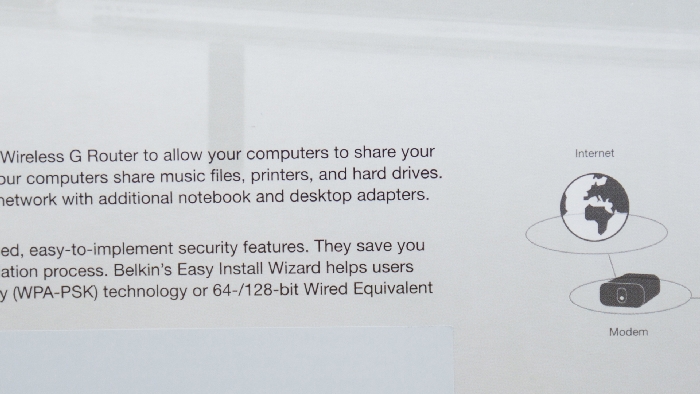
Tamron 50mm f/4 100% Crop
Canon 70mm f/4 100% Crop
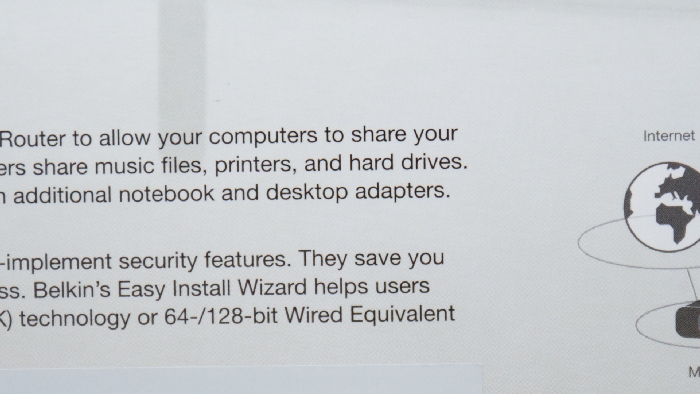
Tamron 70mm f/4 100% Crop
Tamron 24mm f/2.8 100% Crop
Tamron 50mm f/2.8 100% Crop
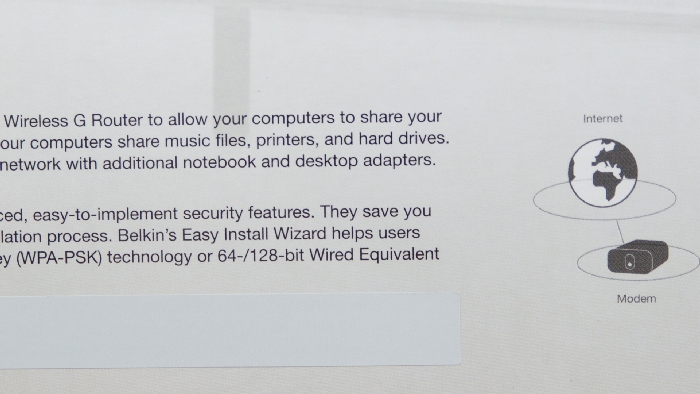
Tamron 70mm f/2.8 100% Crop
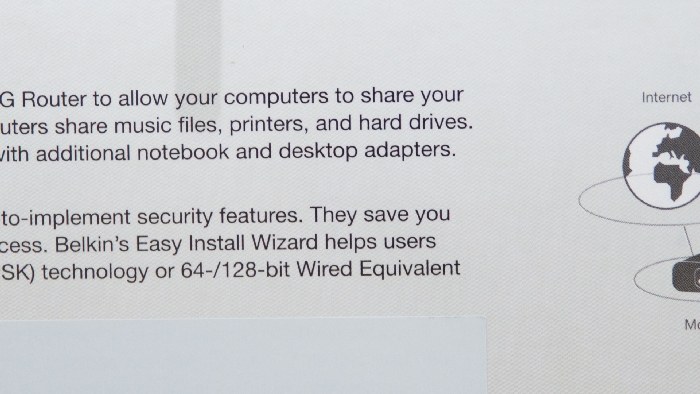
Focus
For this focus test, A timer was set up 2ft away from the cameras and both cameras were focused at infinity. Once the timer reached 5 seconds, I pressed the shutter to focus the lenses and take the picture. This test was repeated multiple times to get rid of the outliers. The canon focused from infinity to about 2ft in under half a second almost every time. My most typical results were about .45 seconds for the focus time which was very good. The Tamron was noticeably slower on the focus but it did achieve perfect focus every time just like the Canon. My times were closer to .65 seconds most of the time for the Tamron. The Tamron seemed to focus very quickly and then hesitate for a split second before snapping the pictures. This difference was noticeable but not concerning as the times were still well fast enough to keep up with action. The focus was moving from infinity to 2ft in under ¾ of a second and I can’t think of any time I have ever had to track anything moving that fast.
I also confirmed that the tracking was working well by tracking my daughter running towards me as fast as she could. Both lenses performed perfectly in this test and were able to keep focus on my 5D mark III without an issue.
Vignetting
Vignetting is not the biggest deal for cameras today as this can easily be removed in post with software such as Lightroom. However, no one enjoys doing this and obviously this would only work well for processed RAW files. Thus, let’s see the results. The Canon doesn't look that great for an f/4 lens. There is a visible amount of vignetting that you will probably want to take out of almost every picture. When we look at the Tamron, the vignetting almost disappears and is close to non existent at f/4. In fact, taking a look at the Tamron at 2.8 brings it closer in line to what the Canon exhibits at f/4 thus making the Tamron the clear winner of this test.
Canon at 24mm f/4
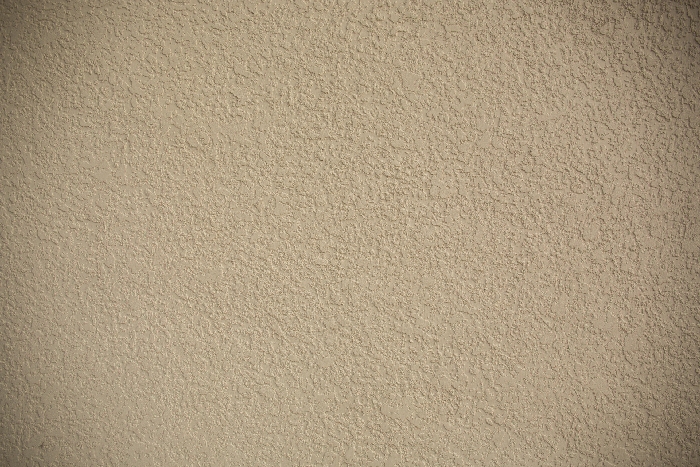
Tamron at 24mm f/4
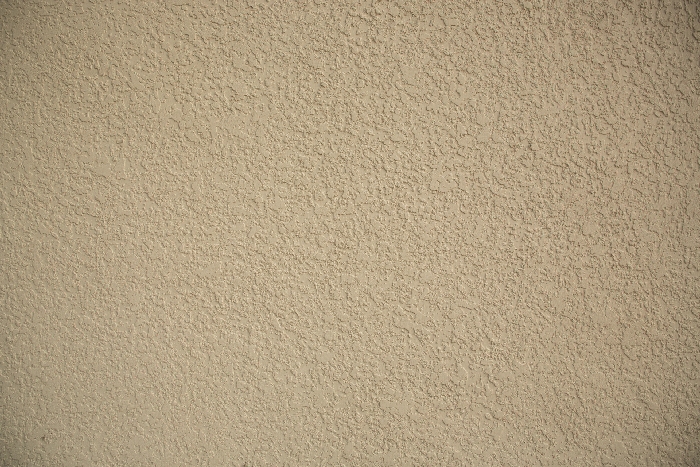
Tamron at 24mm f/2.8
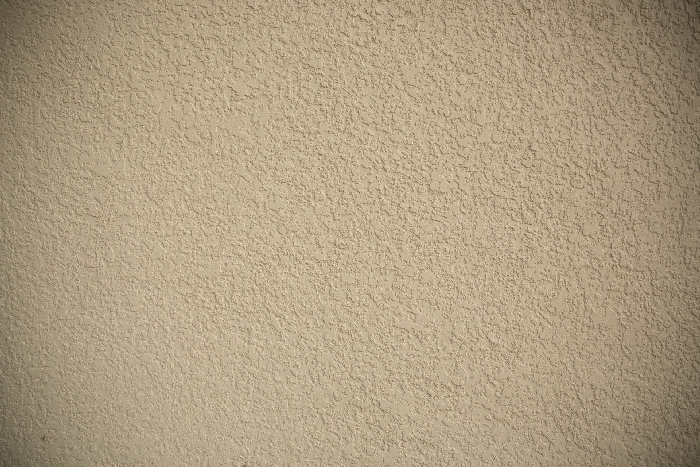
Bokeh
Both of these lenses had some huge issues when it came to bokeh. At normal sizes the Tamron looks ok, although in extreme cases such as this one, some onion bokeh is present and if you look closely inside of circles, you can see stuff going on. This stuff can be very distracting when viewed at 100% although it could be cleaned up fairly easily. However, looking at the Canon shows some oval rings that look horrible even when viewing from far away. I’m not sure why but all the rings away from the center are oval in nature. This is also visible in our actual photos from the sharpness test. At 100% the Canon rings look way better than the Tamron and are almost completely smooth in the middle apart from the oval rings further away from the center. I’m a bit undecided at which is worse. On one side, the Tamron is more distracting to the untrained eye (though this could be cleaned up) when viewing it close. On the other hand, putting a subject in the middle of the frame of the Canon meant that the only rings that can be seen are oval. This test is obviously an extreme (especially for the Tamron that is not a macro lens) as the lenses were close focused to the extreme non macro abilities before taking the photo of lights located at infinity.
Tamron

Canon

Macro
The Macro abilities of the Canon were great and having a macro lens basically built in to a zoom lens is wonderful to those who use it. It still doesn’t quite get you to the 1:1 of a full macro lens, but the .7:1 ratio is close enough for most people. The Tamron does not have this ability so this is a clear win for the Canon. In fact, having IS in a macro lens might mean that some of you considering the 100mm non L macro may consider this 24-70 f/4 IS instead as it gets you L glass and IS with close to the same macro abilities.
Conclusion In all honesty, there were just not a great deal of reasons to pick up the Canon 24-70 f/4L IS over the Tamron 24-70 f/2.8 VC as my lens of choice. The Canon’s additional macro mode will appeal to some as well as the slight increase in focusing speed and the Canon name brand. However, the Tamron’s extra stop of light, sharper photographs, and arguably better build and ergonomics, are definitely elements that were more usable in my everyday photographs. Not to mention you get all of that for $200 less, the Tamron still seems like a steal. It’s not perfect, the bokeh has much to be desired and it is not nearly as sharp as the Canon 24-70 f/2.8 mark II, however it seems to be the best it can be for a reasonable price and you cannot fault Tamron for that. Their 6 year warranty will also help relieve the pressure for some who find it difficult to get rid of the Canon name brand and thus far, prices have remained steady and high which is good for resale. While it is not my favorite of lenses, it seems to offer much everything I need in a well built and good performing lens. I still hope that Canon will one day release a competitor, one that brings the f/2.8 aperture into a stabilized lens with great sharpness and Canon’s great focus speed. Until then, the Canon 24-70 f/4L IS just did not offer enough of a gain to justify the many shortcomings and I will gladly make the Tamron 24-70 f/2.8 VC a comfy place in my bag. Of course, those are just my opinions. Your needs may differ than mine and I hope these tests will help you make the decision that is best for you and your photography and videography needs.
In all honesty, there were just not a great deal of reasons to pick up the Canon 24-70 f/4L IS over the Tamron 24-70 f/2.8 VC as my lens of choice. The Canon’s additional macro mode will appeal to some as well as the slight increase in focusing speed and the Canon name brand. However, the Tamron’s extra stop of light, sharper photographs, and arguably better build and ergonomics, are definitely elements that were more usable in my everyday photographs. Not to mention you get all of that for $200 less, the Tamron still seems like a steal. It’s not perfect, the bokeh has much to be desired and it is not nearly as sharp as the Canon 24-70 f/2.8 mark II, however it seems to be the best it can be for a reasonable price and you cannot fault Tamron for that. Their 6 year warranty will also help relieve the pressure for some who find it difficult to get rid of the Canon name brand and thus far, prices have remained steady and high which is good for resale. While it is not my favorite of lenses, it seems to offer much everything I need in a well built and good performing lens. I still hope that Canon will one day release a competitor, one that brings the f/2.8 aperture into a stabilized lens with great sharpness and Canon’s great focus speed. Until then, the Canon 24-70 f/4L IS just did not offer enough of a gain to justify the many shortcomings and I will gladly make the Tamron 24-70 f/2.8 VC a comfy place in my bag. Of course, those are just my opinions. Your needs may differ than mine and I hope these tests will help you make the decision that is best for you and your photography and videography needs.
Check current pricing:
Canon 24-70 f/4L IS:
Tamron 24-70 f/2.8 VC






